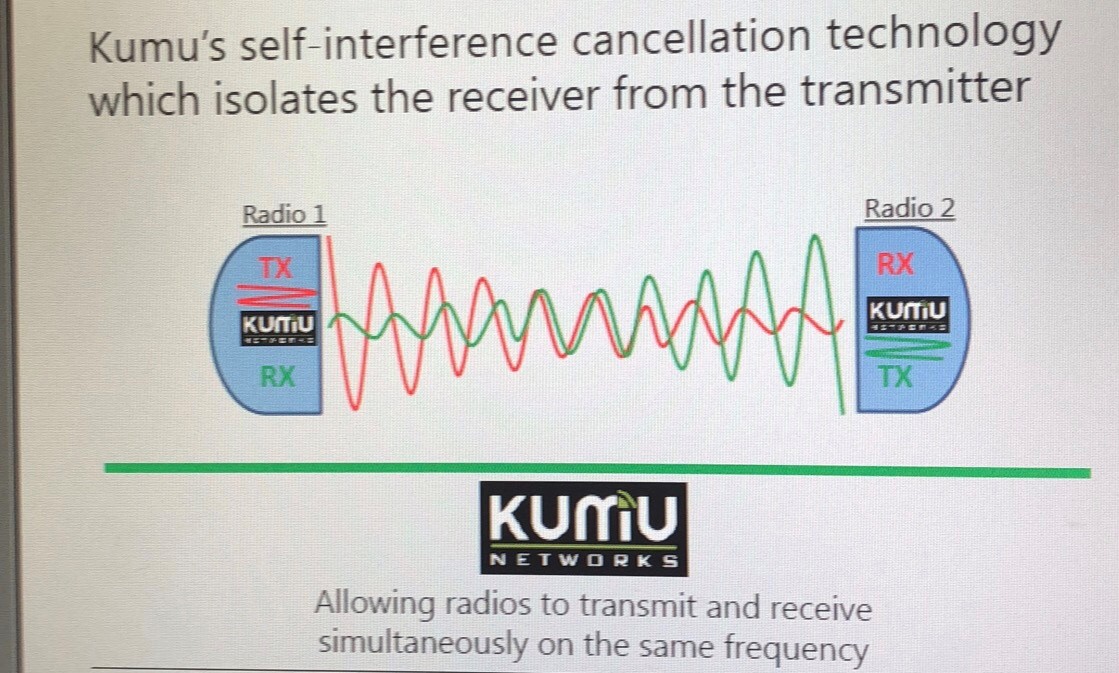During normal radio communication, the process is sequential and involves no overlap between the parties involved. Unsurprisingly, most people think this is the intended setup to avoid people talking over each other, while the truth is a little more technical. Radios can’t simultaneously transmit or receive on the same channel, which makes one of two processes necessary for radio-based communication: frequency division duplexing (FDD) and time division (TD)
One technique is frequency division duplexing, which uses separate frequency bands on the transmitter and receiver sides. Since this technique uses different frequency bands for these particular operations, it prevents sent and received data signals from interfering with each other. The other process is time division, where signals are independently transmitted and received over a common path by synchronizing switches at the end of the transmission line. As a result, each signal appears on the line for a fraction of time in an alternating pattern.

(Image Credit: Kumu Networks)
“Think about every wireless radio in the world today—a mobile phone for example,” says Kumu Networks Vice President of Product Management Joel Brand, during a recent interview. “Mobile phones, which utilize the FDD process, typically use two separate frequencies, one that transmits to the tower, the second one to receive from the tower. Time division, the alternative, is what WiFi does. With WiFi, the process is more turn-based. You have a bunch of stations, and each one is taking currents. One end from your laptop is transmitting to the axis point as a whole. When the laptop doesn’t transmit and quiets down, the axis point than transmits to the laptop.”
According to Brand, the downsides for both techniques are well-documented, along with the limitations they’ve imposed on the capabilities for these kinds of communicative technologies. To overcome the limitations of both techniques, Kumu Networks has developed an innovative technology capable of eliminating the circumstances that limit two-way radio communication being implemented by either FDD or TD. Known as full-duplex technology, this self-interference cancellation method isolates the receiver and transmitter, enabling radios to simultaneously transmit and receive signals without using separate frequencies or turn-based procedures. Using samples of radio transmits, full-duplex technology can determine what the exact noise is that comes to the radio’s receiver, and cancel out that interference, similar to how a noise-cancelling headset works on an airplane.

(Image Credit: Kumu Networks)
“The technology allows radios to transmit while receiving at the exact same time and frequency,” Brand explained. “Here’s the best way to think about it. If you want to talk or transmit and (at the same time) listen, your best bet is to avoid hearing yourself. When radios use TD or FDD methods, they make so much noise when transmitting they can’t listen to anything else. It’s the same thing as you shouting while trying to listen to a remote whisperer. The technology is basically a noise-cancelling headset between your mouth and ear, so when you speak, you don’t hear yourself or anything from the outside. That’s what we’re inserting into the radio.”
In simpler terms, full duplex technology essentially takes any outside noise and reverses it 180 degrees. This has to be done with accuracy so precise, it exceeds the quality used on airplane headsets. Full duplex radios can receive noise on the outside, while transmitting without hearing its own noise. Looking at a device like a mobile phone for example, which uses an x-amount of bandwidth, full duplex radio technology can deliver the same or double the amount of bandwidth with half the frequency used today.
In a field test conducted to demonstrate full duplex radios, researchers drove through Istanbul’s Bahҫeköy Region and along the Sariyer Coast. Relayed backhaul was provided seamlessly by multiple donor aNBs along the coast, while the test UE (user equipment) remained connected via a mobile small cell, which maintained strong signal strength in a high interference environment. The UE maintained 5 Mbps while connected to the small mobile cell along the coastline.
“Looking ahead in the far future, all standards in the world could be incorporated through full duplex,” says Brand. “Look at major mass markets, like cable, that are already standardizing in this manner, as technologies like cable modems and DOCSIS for example, all have limitations. IEEE has a working group currently looking at full duplex to use for future WiFi standards. 3GPPP is doing the same thing, and are looking into incorporate full duplex technology in their 5G deployment.”




